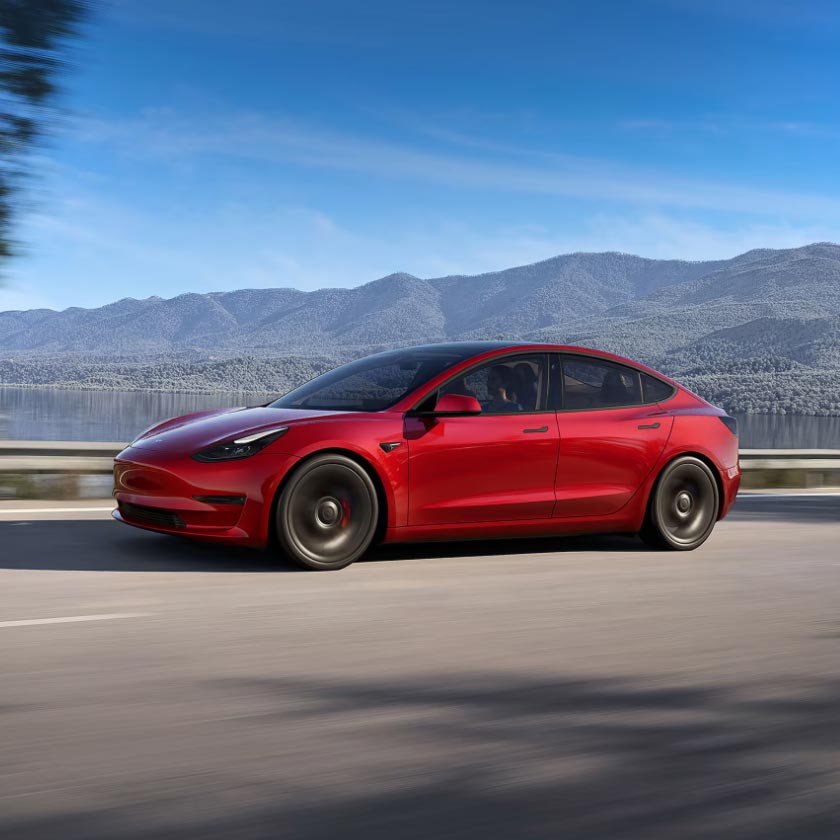While most people across America are preparing to ‘Netflix & chill’ before going to sleep, SpaceX founder Elon Musk is out at the Starbase rocket factory working alongside engineers on the rocket-ship that could one day turn humanity a multiplanet species. You can really tell how much the CEO wants his ambitious long-term goal to become a reality because he seriously puts in the hours personally at the South Texas factory to develop the Starship launch system.
Musk shared a close-up footage of underneath the Starship Super Heavy rocket Booster 4 test vehicle that is equipped with 29 powerful Raptor engines. In the video he shared last night, 9 of the central engines moved all-around –“Starship Super Heavy engine steering test,” he captioned the video via Twitter, shown below. “Each Raptor [version] 1 engine above produces 185 metric tons of force. Raptor 2 just started production & will do 230+ tons or over half a million pounds of force,” he shared. Super Heavy is designed to become the world’s most powerful rocket, right next to the now retired Saturn V rocket that propelled Apollo NASA astronauts to the moon half-a-century ago. NASA selected SpaceX to develop a lunar-optimized Starship to land Artemis astronauts on the moon by 2024.
Each Raptor 1 engine above produces 185 metric tons of force. Raptor 2 just started production & will do 230+ tons or over half a million pounds of force.
— Elon Musk (@elonmusk) December 18, 2021
In a series of follow-up tweets, Musk shared details about the next iterations of the Starship/Super Heavy launch vehicle. “[…] Next booster will have 33 Raptor [version] 2 engines, with 13 steering,” he said. “[Star]Ship is being upgraded to 9 engines (3 sea-level gimbaling, 6 vacuum fixed) with increased propellant load.” Currently the Starship spaceship prototype SN20 is equipped with 6 methane-fueled Raptor engines, 3 are optimized to propel in the vacuum of outer space.
On Friday, December 18, SpaceX engineers performed a cryogenic proof test of the stainless-steel Super Heavy Booster 4 prototype to assess the vehicle’s structural integrity. During the test, it’s tanks were filled with subchilled liquid nitrogen to pressurize its interior and inspect for any leaks. This test helps determine whether the vehicle can withstand the high-stress and forces it would experience during an orbital flight. Musk said that the company still plans to use Booster 4 to propel Starship SN20 to orbit during the first orbital flight test that is set to take place before March next year. The company is still pending regulatory approval from the U.S Federal Aviation Administration, who is conducting an environmental assessment of the sandy Boca Chica Village. The region is located along the beach, next to a wildlife refuge, and it neighbors the border of Tamaulipas, Mexico, and the city of Brownsville, Texas. Across the ocean is South Padre Island, from where space enthusiasts can safely watch the upcoming orbital flight test attempt. Super Heavy Booster 4 will liftoff from the Boca Chica launch tower to propel Starship SN20 to orbit, Booster 4 will then return to conduct an ocean landing in the Gulf of Mexico, approximately 32 kilometers from the South Texas shore. Starship SN20 will continue its orbital flight between the Florida Straits, then it will conduct a soft ocean landing approximately 100-kilometers off the northwest coast of Kauai, Hawaii, near a U.S. military base. You can watch SpaceX Starship Launch Pad Operations 24/7 Live in the video linked below, courtesy of LabPadre via YouTube.
VIDEO: SPACEX STARBASE LAUNCH PAD 24/7 LIVESTREAM

Featured Image Source: SpaceX Elon Musk








